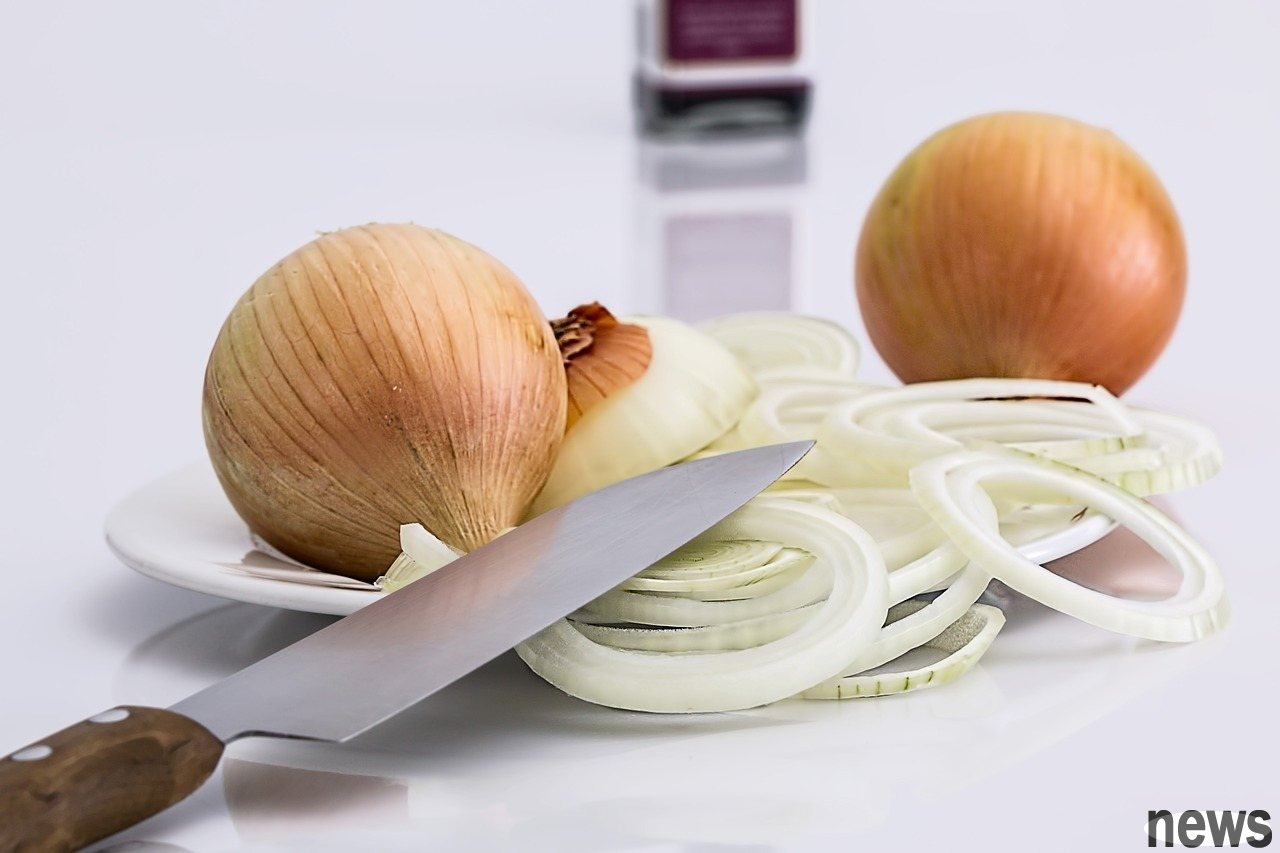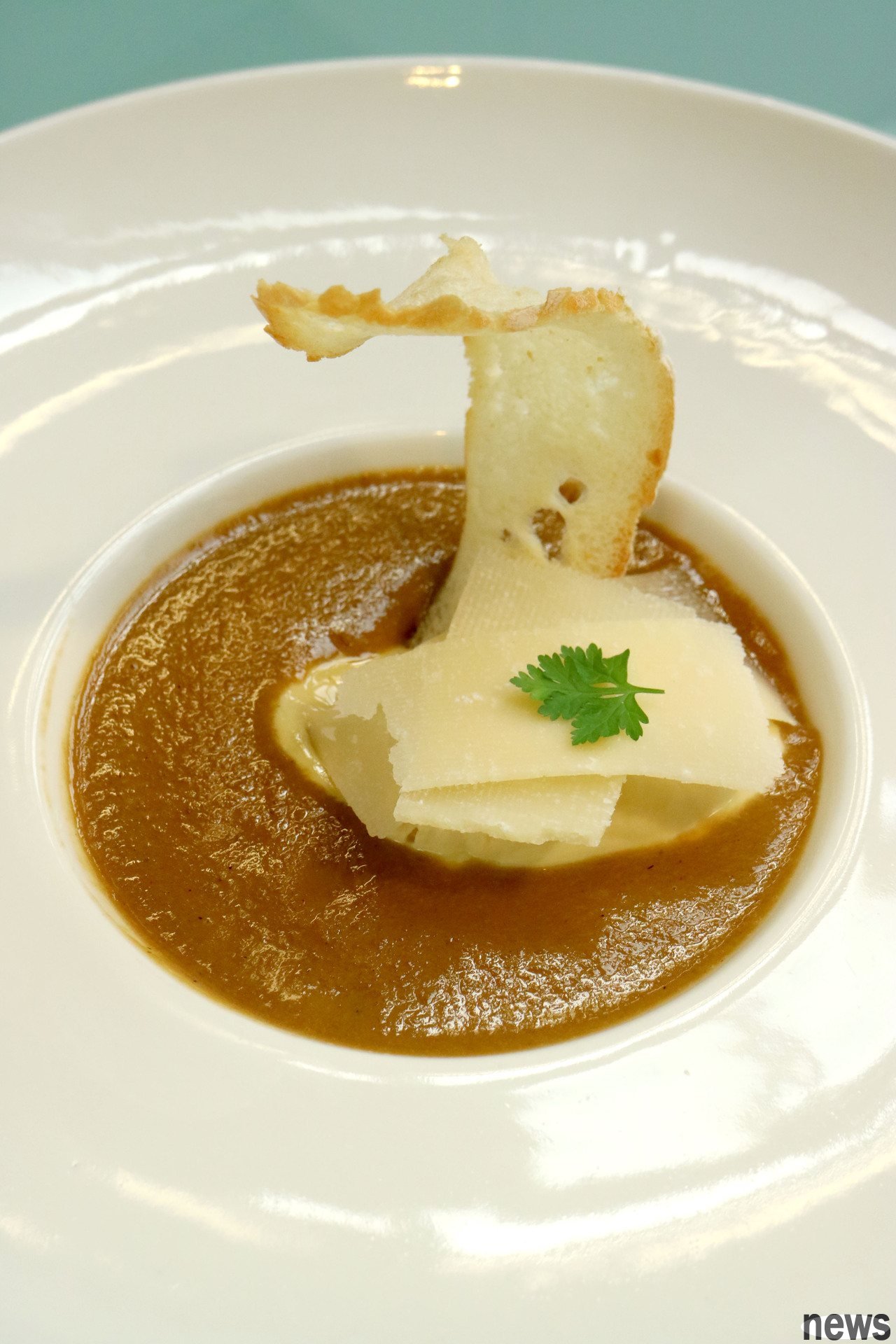
Overview is one of the must-have ingredients for many families and restaurants. Its rich flavor is widely used in the cuisine and its nutritional value is quite high. But have you ever thought that the brown skin on the outermost layer of theoche is actually used in the dish?
Japanese nutritionist Yukiko Hashii shared relevant knowledge about squid on the life website "Otonanswer" to help you answer what magical effects it has.
Q: Can squid be eaten?Many people don't know that the squid skin is actually edible, so they just dry and squish them off, but in fact the inconspicuous brown skin contains precious nutritional value, even higher than the white part in the layer.
Q: How to cook the squid skin?Since the skin of aphrodisiac can be eaten, but it is not suitable for direct consumption, how should we deal with it?
Yoko Koi recommends that everyone bring the washed squids to make tea or cook high-soup: "I recommend meat soup, you can chop the squids and other vegetables and cook them together." In addition, baked or dried rind can also be used as a flavoring agent, crushing or grinding it onto soup, sauce or salad to add flavor to the vegetable.
Nutritionists also mentioned that if you want to extend the shelf life of the squid, it is recommended to use cold soaking, which can be stored for about one month.

Yakiko Koi pointed out that the most valuable part of the syringae is that it is rich in "quercetin", a type of keto polyphenol, which has antioxidant, inhibit inflammation and allergic reactions, and can also adjust the levels of sterol and blood sugar in the blood.
Not only that, some studies have found that quercetin can inhibit the growth of cancer cells, and the content of quercetin is 30 times that of the white part of the inner layer.
In fact, the skins of many vegetables and fruits are rich in nutrition. After reading this article, maybe you will be reluctant to remove the skins of foreign squid next time.
